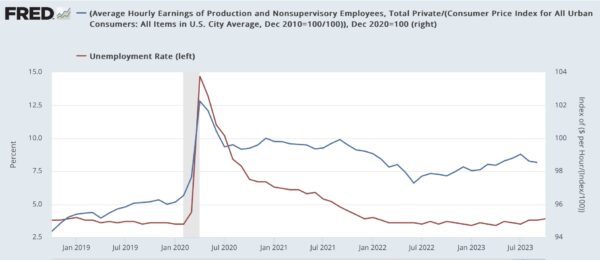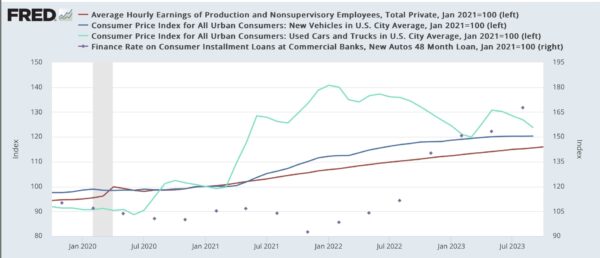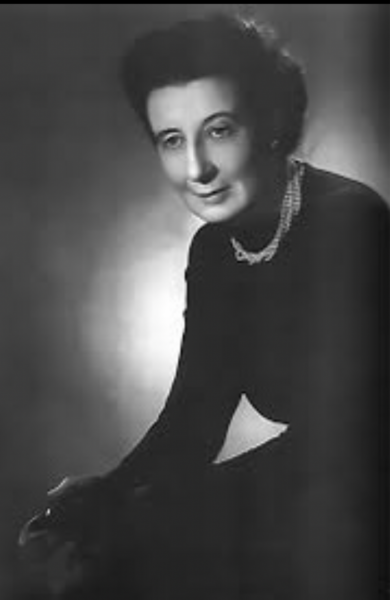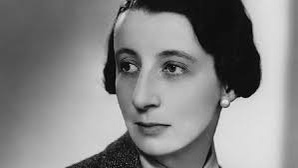We’ve been having some good discussions recently about why Biden seems to be pollling so poorly against Trump, and in particular has not consolidated support among younger voters. It makes no sense to me, and my inclination is to attribute it to bad polling, either unintentionally or due to pollsters with agendas that favor Trump. (Written before results of polling related to the conflict in the middle east, which also appears to be having an effect on polling related to the youth vote.)
I pretty much dismiss any poll this far out, and polls have pretty much sucked for the past several elections. And I have been under the impression that the youngs are looking at Biden pretty favorably. Student loans, anyone? But I am no expert on polls, and analyzing economic data is very much not in my wheelhouse.
But New Deal Democrat has some other ideas on the subject, and analyzing economic data is very much in his wheelhouse. So read on, and let us know what you think! ~WG
New Deal Democrat
Since analyzing economic data is 90% of what I do and have done online for the past 20 years, I thought I could help clarify some of this. I hope you will find this exposition helpful as to why Biden has problems, and what sort of things might help him out.
The election is between two people, Biden and Trump. who have both been president.
THE ECONOMIC PERFORMANCE UNDER TRUMP
The economy was actually doing pretty well during Trump’s mal-administration before COVID. Here’s what real wages and the unemployment rate looked like:
- Real wages for non-supervisory workers, increased 3.3% between January 2017 and the end of 2019.
- Meanwhile the unemployment rate fell from 4.7% to 3.5%.
And that wasn’t just something ho-hum.
- In the case of real wages, they were the highest since the end of the 1970s.
- The unemployment rate was the lowest since the end of the 1960s.
So people remembering that the economy was good while Trump was in office, before the pandemic, is not a fluke. It’s the truth, even though it is virtually 100% certain that he had nothing to do with it.
THE ECONOMI PERFORMANCE UNDER BIDEN
Now let’s take a look at how some important economic sectors have performed under Biden.
- The unemployment rate has varied between 3.4% and 3.9% in the past year, about even with Trump’s best year.
- More importantly, while real wages for non-supervisory workers are up 2.2% since right before the pandemic hit, measured from when Biden came into office they are actually *down* -1.5%:
Why Has Biden Has Been Polling Poorly On the Economy?Post + Comments (159)
















